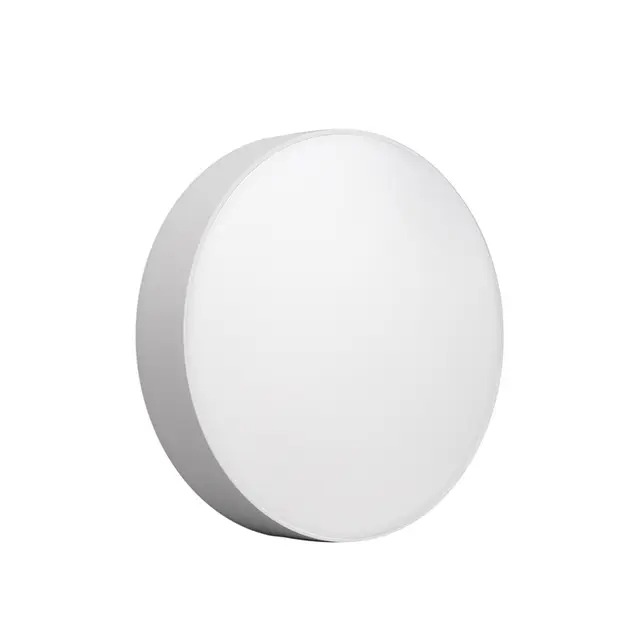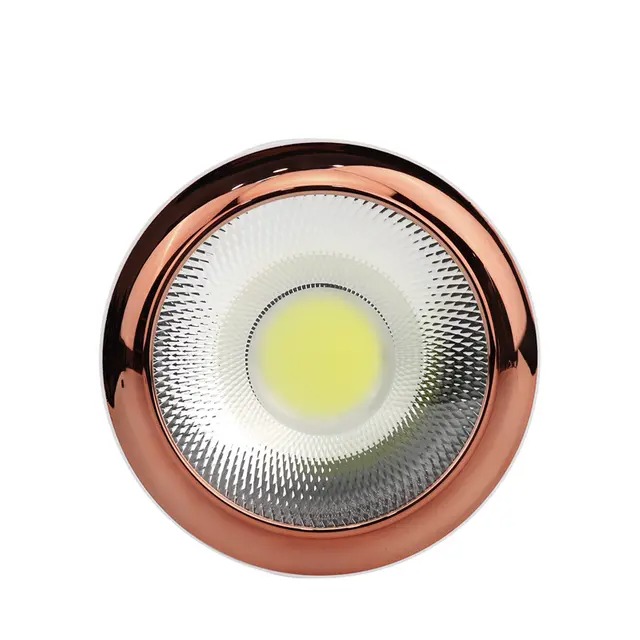Author: Site Editor Publish Time: 2025-09-12 Origin: Site
LED panel lights have become the go-to choice for modern lighting projects. They’re slim, energy-efficient, and provide uniform brightness, making them perfect for offices, schools, and even homes. But if you’re planning to switch from traditional lighting to panel lights, one common question arises: Do you need special wiring for LED panel lights?
This blog takes a deep dive into that very question. We’ll explore how LED panel lights connect to existing wiring, when additional wiring considerations are necessary, and how you can ensure a safe, cost-effective installation. By the end, you’ll know exactly whether your project needs special wiring—and how to approach it smartly.
LED panel lights typically come with a driver (sometimes called a transformer or power supply) that converts AC power from your electrical system into the low-voltage DC power LEDs require. In most cases, the standard wiring in your home or office is sufficient to power LED panels, as long as the driver is included and correctly installed.
The wiring process generally involves three main components:
Existing power line (AC supply)
LED driver
LED panel connection
| Wiring Component | Function | Special Requirement? |
|---|---|---|
| AC Power Line | Brings electricity from grid | Usually no change needed |
| LED Driver | Converts AC to DC | Must be matched to panel specs |
| LED Panel Light | Emits illumination | Directly connects to driver |
So, the short answer is no, you don’t need entirely new wiring, but compatibility between driver, voltage, and panel light is key.

While most installations work with existing wiring, there are scenarios where additional wiring adjustments are necessary. These situations usually arise in commercial or large-scale projects where panel lights are installed in bulk.
High-ceiling or suspended installations: Longer runs may require thicker wires to prevent voltage drop.
Emergency panel light systems: Backup wiring for integration with emergency batteries or generators.
Smart lighting integration: When connecting to dimmers, sensors, or building automation, special control wires may be required.
Three-phase power setups: Commercial spaces sometimes need separate circuits for large groups of panel lights.
| Situation | Why Extra Wiring Is Needed | Example Solution |
|---|---|---|
| Long cable runs | Prevent voltage drop | Upgrade to thicker gauge wire |
| Emergency backup | Maintain light during outages | Dedicated emergency wiring circuit |
| Dimming systems | Control brightness | Add 0-10V or DALI control lines |
| Commercial loads | Split circuits for safety | Use three-phase wiring |
The LED driver is the heart of panel light wiring. Unlike incandescent or fluorescent lamps, LEDs cannot directly connect to AC mains power. Drivers regulate current and protect panels from surges.
External drivers: Many panel lights have detachable drivers, making it easier to replace or upgrade wiring connections.
Built-in drivers: Integrated units simplify wiring but may limit flexibility.
Dimmable drivers: Require additional control wires depending on the dimming system (e.g., 0-10V, DALI, TRIAC).
If your panel light uses advanced features like dimming or smart control, the driver wiring setup becomes more complex, requiring special consideration.
Many installation problems come from incorrect assumptions about wiring. Avoid these common mistakes:
Connecting directly to AC without a driver – can burn out the panel instantly.
Using undersized wires – may cause overheating in long runs.
Ignoring polarity – DC connections on panels must match (+/-).
Mismatched driver and panel specs – results in flickering or reduced lifespan.
Incorrect dimmer compatibility – not all dimmers work with LED drivers.
Pro tip: Always cross-check the driver’s input and output specs with your wiring setup before connecting the panel light.
The wiring needs for panel lights differ depending on the installation environment.
Usually, existing 120V or 230V AC wiring works fine.
Panels are often installed with plug-and-play drivers.
Minimal modifications are required.
Panels may connect to three-phase systems.
Emergency wiring and control systems (DALI, KNX) are common.
Larger gauge wiring is sometimes required for long runs.
| Environment | Standard Wiring Works? | Additional Needs |
|---|---|---|
| Residential | Yes | Rarely, except for dimming |
| Office/School | Usually | Dimming control wires |
| Industrial/Commercial | Sometimes | Emergency and load balancing wiring |

Even if you don’t need “special” wiring, you do need safe and compliant wiring. Regulations vary by region, but the key safety points include:
Grounding (earthing): Essential for protection.
Correct wire gauge: Prevents overheating.
Circuit protection: Fuses and breakers sized for LED loads.
Local electrical codes: Always follow building standards.
Installing panel lights without considering compliance can result in fines, hazards, or reduced insurance coverage.
Many people ask: If special wiring is needed, how much more will it cost?
Residential upgrades: Minimal, usually limited to dimmer compatibility ($50–$200).
Commercial systems: Can range from $500 to thousands depending on emergency circuits and control systems.
Material costs: Thicker cables, control wires, or dedicated circuits add expense.
Labor costs: Specialized electricians for smart control integration may charge more.
In most cases, the cost of wiring modifications is small compared to the long-term energy savings LED panel lights deliver.
In most residential cases, no. Existing wiring works perfectly when paired with the right LED driver. However, in commercial, emergency, or smart lighting systems, additional wiring may be required for safety, control, or efficiency.
The key is to evaluate your project’s scope: small-scale home installations are usually plug-and-play, while larger projects may demand extra planning. Always consult an electrician to ensure wiring is safe, compliant, and optimized for your panel light setup.
1. Can I install LED panel lights myself?
Yes, if it’s a simple residential installation with a standard driver. For commercial or emergency systems, professional installation is recommended.
2. Do LED panel lights work with dimmer switches?
Only if the driver supports dimming. You may also need special control wires for advanced dimming systems like 0-10V or DALI.
3. What wire gauge is best for LED panel lights?
For short residential runs, standard 14 or 16 AWG wiring works. For longer runs or commercial setups, thicker wire may be necessary to prevent voltage drop.
4. Do panel lights need grounding?
Yes, grounding is essential for electrical safety and compliance with building codes.
5. Will upgrading wiring increase energy efficiency?
Not directly. The panel light itself is already efficient. Wiring upgrades are usually for safety, load capacity, or control—not energy savings.
请进入“内容”》“文章管理”》“添加文章分类”,进行文章分类数据的添加,添加好的文章分类会自动展示出来。